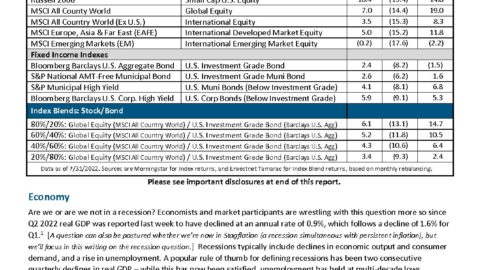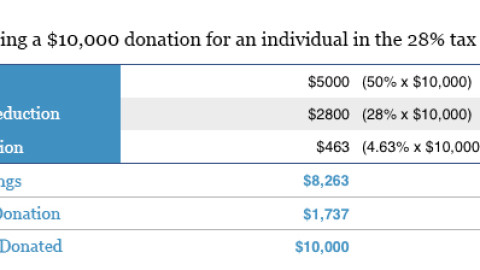The Facts Surrounding RECESSIONS
Written by: Allie Schmidt, Financial Advisor, CFP®, CPA

The recent inversion of the US Treasury yield curve has really riled up the media and investors in general. The media has a tendency to amplify worries and emotions to increase article clicks, so we wanted to put out a couple facts to give some perspective.
- 2 negative quarters: A “recession” is not arbitrary or up for debate. A recession is defined as simply 2 consecutive quarters of negative Gross Domestic Product (“GDP”).
- 9 of 15: There have been 15 recessions dating back to 1926. Just 6 of the 15 recessions occurred right before or in conjunction with a Bear Market (stock market declines of 20% or more). Said another way, 9 of 15 recessions actually came during Bull Markets, and the market went on to set new highs after the recession ended and before the next Bear Market began.* The economy and the market are not the same thing.
- Inverted Yield Curve: When shorter-term bond rates are higher than longer-term bond rates, this is referred to as an inversion and what recently took place with the 2-year/10-year treasury bonds. This is unusual because typically an investor would demand a higher rate when lending money for a longer period of time.
- 15 months: Since1956, past recessions have started on average around 15 months after an inversion of the 2-year/10-year treasury bonds, according to Bank of America Merrill Lynch.
- 21.8%: The average S&P 500 Index price return from the yield curve inversion to the peak of the market. If this were average and we did see a recession after this inversion, if you sold today, you would miss out on an almost 22% gain.**
2008-2009 was 10 years ago, but the pain and the anguish that was felt during that period of time can make it feel like yesterday. That Bear Market and coined “Great Recession” has changed how people invest and certainly how they feel when markets start getting volatile. To be clear, it happened, so to think it couldn’t happen again is silly, but historically neither the Bear Market that we experienced nor the Recession during that timeframe are what should be deemed as “normal”. Add to that, 2000-2002, and many investors have come to think all Bear Markets have stock declines over 50%. But, taking history into account, that is not normal or average. The average Bear Market has a cumulative stock market decline of 38%*.
The media or other fear mongering analysts trying to get more clicks and eyes on viewership have a very difficult argument to make a case for an impending massive disaster like we saw in 2008. I’m not saying we can’t get back there, I’m just saying I have a hard time finding the basis that the temporary inversion of the 2 year and 10 year treasury is the hat tip that is signaling a collapse of the financial system. Two things in particular that are not present in today’s environment that are typically present in an extreme decline are high interest rates-we’re not even close- and massive leverage- really nowhere to be found.
A recession will come, of course, it’s like saying the sun will come up tomorrow, but changing your fundamental investment strategy and long-term goals today to somehow avoid or save yourself from its impending doom is giving the inversion way too much credit.
Heading into an election year, volatility will continue, there is no doubt. Markets will be volatile, so as we always recommend, make sure to have cash available for short term needs, but for long-term investment, stay the course. Stick to your plan. Historically, that has never been the wrong advice…even during 2008-2009.
*First Trust Advisors, LP
**LPL Research, FactSet, 12/04/18
Securities offered through LPL Financial, Member FINRA/SIPC. Investment Advice offered through HD Wealth Strategies, a registered investment advisor and separate entity from LPL Financial. The opinions voiced in this material are for general information only and are not intended to provide specific advice or recommendations for any individual. All performance referenced is historical and is no guarantee of future results. All indices are unmanaged and may not be invested into directly. The economic forecasts set forth in this material may not develop as predicted and there can be no guarantee that strategies promoted will be successful. There is no guarantee that a diversified portfolio will enhance overall returns or outperform a non-diversified portfolio. Diversification does not protect against market risk. Bonds are subject to market and interest rate risk if sold prior to maturity. Bond values will decline as interest rates rise and bonds are subject to availability and change in price.










